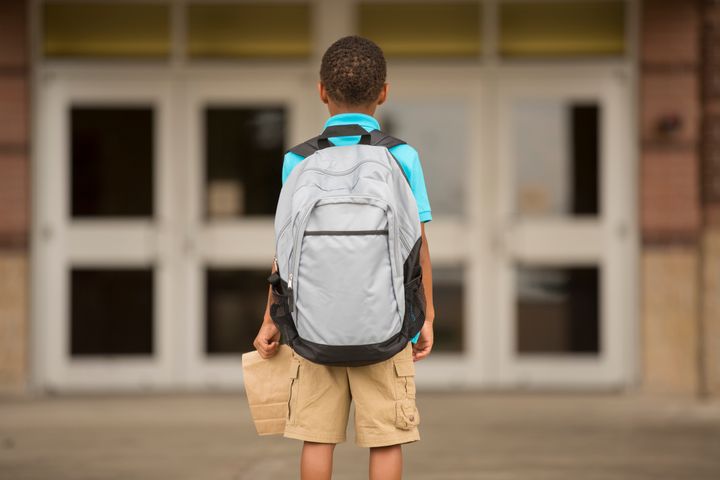The lines of racial division in our city are a product of the unequal system our society has created.
We’ve all played the game whack-a-mole. The objective is to hit each mole that pops up before it retreats. If you get it, rejoice. If not, it doesn’t matter, because that mole pops up somewhere else on the game board. The cognitive and physical resources spent to smash the previous mole must now be diverted to another location. This game continues until the buzzer sounds to announce that, congratulations, you are a loser. The player almost always loses. The only way to win is to cheat, rewire the game, or dismantle its mechanical parts and burn it to the ground.
Addressing the educational needs of kids living in St. Louis’ high poverty communities feels like an endless game of whack-a-mole. There are over 24 school districts in the surrounding St. Louis area, 30-plus charter schools and a plethora of private and parochial schools. Each year, these systems serve over 30,000 kids in St. Louis city alone. We encounter hurdles, such as child hunger, academic failure, dropout, high teacher turnover, and the list goes on.
Still, we press on, because kids and their very lives are at stake. There are many people working in education who are trying to change things. This “game,” however, is exhausting. It seems like once one district improves, parents move their families, money, and resources to attend these districts, leaving a new district fighting to keep its doors open. We don’t have nearly enough resources to keep up, so just as one thing gets better, another thing gets worse, and then the blaming finger comes out and we start pointing.
We like to target the issues as problems with parents (“They just aren’t engaged.”); teachers (“They don’t know how to work with our kids.”); or administrators (“S/He is inexperienced.”) but in actuality, we are all at fault. This is an us issue. No one is to blame, but we are all intertwined, forever connected in a web of life. Reverend Martin Luther King Jr. said it best. From the Birmingham County Jail, he wrote a letter about our connectedness:
“In a real sense, all life is inter-related. All men are caught in an inescapable network of mutuality, tied in a single garment of destiny. Whatever affects one directly, affects all indirectly. I can never be what I ought to be until you are what you ought to be, and you can never be what you ought to be until I am what I ought to be…This is the inter-related structure of reality.”
In the practice of system dynamics, a method of understanding the feedback and interconnectedness of issues, we have an iceberg metaphor for what has been described. The events and patterns are visible parts of the iceberg which are above the surface. Underneath all these patterns and events, however, are systems lurking.
These deeper parts are the mental models and values of people perpetuating the system ― the rules that govern our districts and how dollars are allocated are created from the mental models of our region’s leaders. These are the racial biases we have about sending our children to school with kids who don’t look like us or the worries voiced about children being bused to our neighborhoods when their schools are failing. Without understanding the system structure that creates these problems in the first place, we will forever be addressing the events we can see and rarely solving the problem that causes them.

Comments